Australia is a country that are part of many people’s imaginary, and I wasn’t an exception to such admiration for a country so far away from my corner in the world. In fairness, Australia is far away from almost everything, even from Australia itself! Flying from Sydney to Perth, two cities in opposite coats, takes longer than flying from Singapore to Perth! Just so that you have an idea how massive that country is!
I had the lucky opportunity to be able to travel for two months around Australia, and even though it is “just” a country, it is huge! Two months passed by really quickly, and I felt like being constantly on a run, I didn’t even visit half of the things I wanted to visit. In those two months I also learnt a lot about that country, stories I want to share with you!
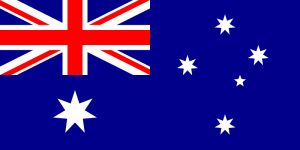
Capital: Canberra
Oficial language: English
Currency: Australian Dollar [ $ ]
Time zones: Winter: UTC+8; +9.5; +10 Summer: UTC+8; +9.5; +10; +10.5; +11
Total area: 7 692 024 km2
Population: 25 494 900
Driving: to the left
Climate: due to its size, Australia has several climate zones. In a more generic way, the north section has a more tropical climate, hot and humid during summer, and hot and dry during winter. The south part summers are less harsh and a bit colder, with a few rainy winters. Being such a massive country, a continent in fact, it gets harder to generalize in just two sections. Australia has deserts, mountains, has another big island (Tasmania), and several other sub-climates that won’t fit into such a wide generalization as I did above.
A bit about Australia’s history
Australia, as a New World, has a quite recent history. There are theories that the Portuguese were the first ones to arrive at the Australian continent, however still not a proven fact. There are some maps prior to the oficial discovery of Australia that lead these theories and that in fact it probably was discovered by the Portuguese. It was also found a few cannons in shipwrecks on the North of Australia that look alike the ones used by the Portuguese Crown during that same period. And there are even theories that some Portuguese castaways got integrated with the local aboriginal communities and influenced their dialects.
However, the oficial discovery was attributed to the Dutch who found and traced the map of the West Cost of Cape York, on the North of Australia. Still, they ended up not colonizing the continent. Only a few years later, in 1770, the well-known Captain Cook sailed the East Coast of Australia and started the colonization process. This process lead to the origin of the creation of the penal colony, in New South Wales (and later in other regions too).
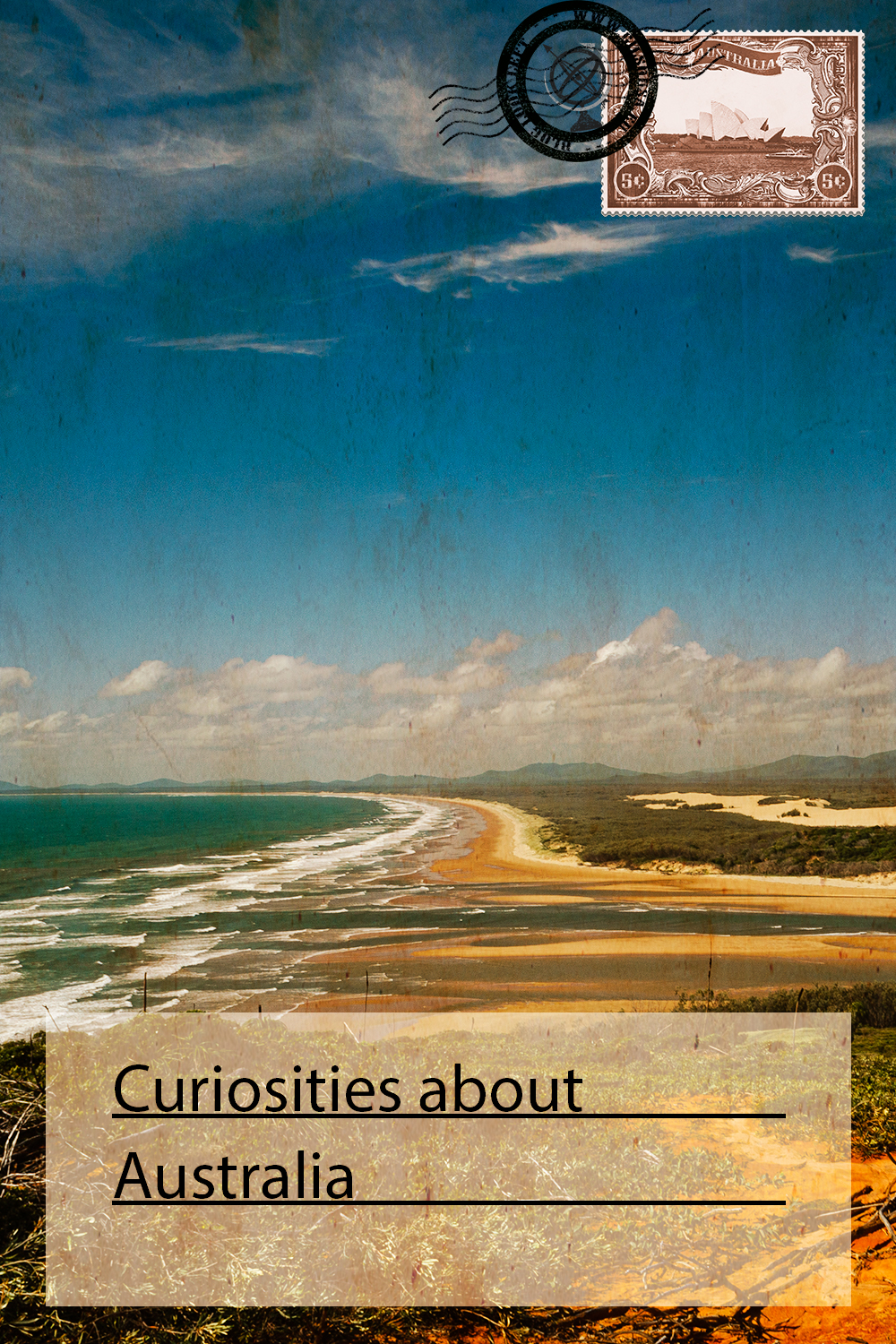
Due to the European invasion, the aboriginal community suffered a huge decline in numbers. From genocides, to diseases that the natives had not immunity, to also the known as Stolen Generations when children were taken apart from their communities to be christianized. However, all of this is still disputed by the authorities, they don’t want to take responsibility for the huge impact the European invasions had on the native Australian population.
One of the things I learnt during my trip was the presence of Australian in both World Wars. It is something that we don’t talk in school, the focus is always the main players, but very few regarding the other countries. When I visited the War Museum in Canberra I learnt a lot about this, and I also learnt that not only they had the war at their doorstep, but they also came to help in Europe!
Some curiosities about Australia
- 21 out of the 25 most venomous snakes are native from Australia.
- The biggest cattle farm in the world is in Australia, and it is bigger than Israel!
- 4 out of 5 Australians live less than 50km away from the coast, that’s basically less than 1 hour away from the beach!
- The former prime minister Bob Hawke beat the world record of drinking 2,5 pints of beer in 11 seconds! Later on he said that was the reason for his success in politics.
- The first policial force consisted of the most well-behaved convicts (Australia was a penal colony).
- The largest sand island in the world is in Australia, the Fraser Island.
- If you visit a single different beach every day, it would take you 29 years to visit all Australian beaches! There are 10 685!!
- The Great Barrier Reef is the largest live structure on the planet.
- It’s so big that it has it’s own Post Office!
- There are 60 wine regions in Australia.
- Australia is the 6th largest country in the world.
- There are more than 1 million wild camels roaming the Australian desert, the largest number of pure breed camels in the world.
- The camels are not native from Australia, they are an introduced species that got out of control.
- Australia exports their camels to Middle East.
- The Wombat’s poop are in the shape of cubes.
- A newly born kangaroo only mesures 2 centimeters.
- There are more than 60 species of kangaroos.
- The kangaroo meat can be purchased at supermarkets, and it is healthier and leaner than beef or lamb.
- It snows more in the Australian Alpes per year than in Switzerland!
- The aboriginal civilization is the oldest in the world.
- There are several pink lakes in Western Australia, like Lake Hillier
- Australia has 19 places listed as UNESCO World Heritage.
- One third of Australia’s population was born in another country.
- More than 300 languages and dialects are spoken in Australia, including 45 native languages.
- There are theories that say that the oldest proof of life on Earth is in Western Australia, the Stromatolite.
When is the best time to visit Australia?
Being a continent by itself, it is obvious that one can’t generalize about the best time to visit Australia. However, it is possible to recommend which areas to visit and when.
Since I didn’t visit Tasmania nor Western Australia, my suggestions regarding these two states are only based on research. However, all the other suggestions are also based on my personal experience (as well as research).
The best time to visit the East Coast
Australia’s East Coast is the country’s most visited route, it goes from Melbourne to Cairns. That was exactly the route I did by bus, from city to city. Just a reference, if you place the map of Australia over Europe, the East Coast is equivalent from going from Algarve to Norway or Sweden!
Canberra and Sydney
Canberra is Australia’s capital, and it has its own micro-state called Australian Capital Territory, which is inside New South Wales.
Even though Sydney and Canberra are in the same zone, Sydney is in the coast while Canberra in the inner side of the country. Therefore there are some clear climatic differences. However, we can still generalize a bit regarding which the best time of the year to visit these cities.
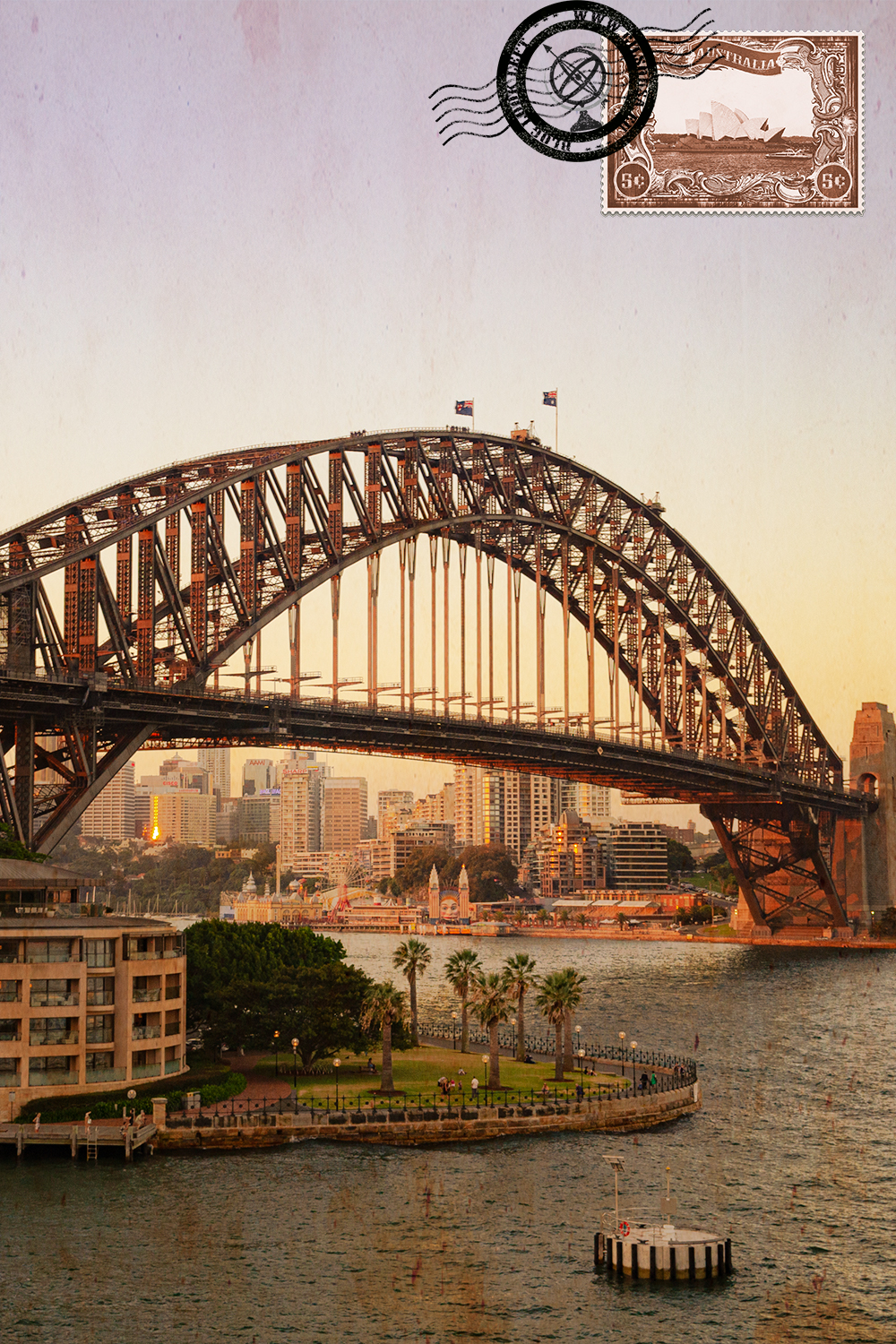
The climate in general is nice all year round, with temperatures ranging between 15ºC and 30ºC, and some rain during the whole year. And also with nice temperatures on the ocean water.
The best months to visit this zone are between October and April, as this are the summer months in the Southern Hemisphere. But, for those who like snow, the highest point in Australia is also located in New South Wales, the Mount Kosciuszko, with a lot of snow (something that one wouldn’t expect from Australia).
Queensland (Brisbane, Gold Coast and Cairns)
Queensland is the second biggest state in Australia, and the biggest one in the East Coast. It is known as the Sunshine State, even the car places have it. However, it is also located in the Tropic of Capricorn, which means, tropical weather…
Basically, this means you can visit this state all year round. In summer the temperatures will be between 30ºC and 35ºC, while in winter a bit colder, ranging around the 25ºC mark.
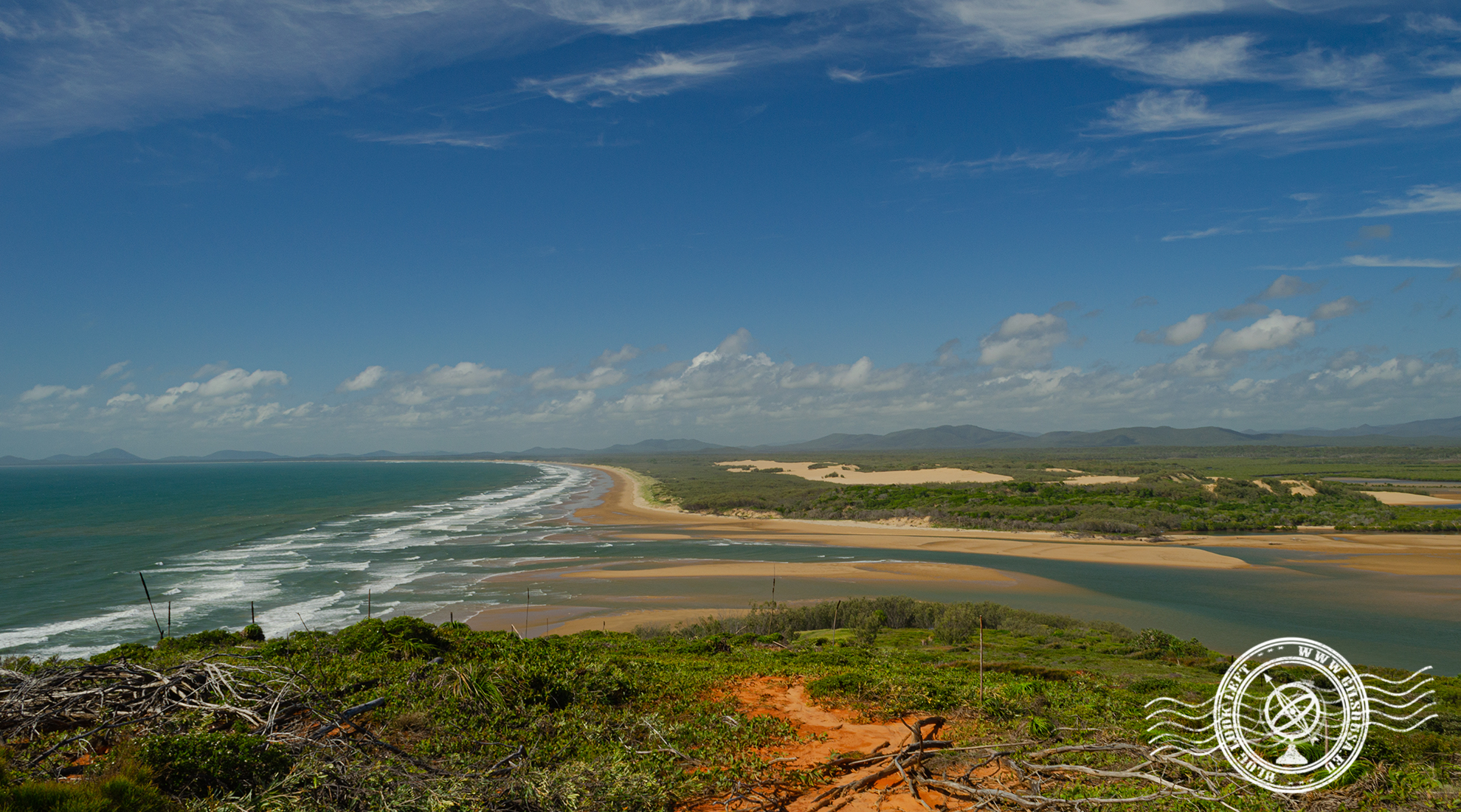
Up north, like in Cairns, I highly recommend to avoid this area during the summer months. Yes, it will be warmer. But being in a tropical area, that’s also the season of heavy rains. So much that some roads can get flooded to the point that will be closed for several weeks. The best months to visit are between June and October, and even though it is considered as winter, the temperatures will be nice and with way less rain. I was in this state during March, and in fact I got a lot of rain, but I was lucky to only get it while I was traveling between cities, and never during my touristic activities!
The best time to visit the southern part of Australia
Adelaide and Kangaroo Island
Adelaide isn’t as popular as Sydney or Melbourne, but it is also a place that deserves a visit. Regarding Kangaroo Island, then the recommendation is mandatory!
For someone coming from Portugal, the climate is very similar, almost a Mediterranean alike climate, with dry and hot summers, and very few rain during those months. The average temperature is around 27ºC, though the ocean water is a bit colder. Again, very similar to the Portuguese coast, with some refreshing 19ºC.
The best months to visit this part of Australia are during Summer, from December until March. However, any time is a good time to visit this are. You just need to pack a few extra clothes.
Melbourne and the Great Ocean Road
Very similar to Southern Australia, the state of Victoria of which Melbourne is the capital, has a very pleasant climate. With temperatures ranging around 26ºC during summer months, and around 12ºC during winter.
The Great Ocean Road is a route of 243 km that starts really close to Melbourne, and passes through part of the coast of Victory state towards Adelaide. Since it’s so close to Melbourne, the climate is, of course, very similar to Melbourne. However, you might face a few disadvantages, flies during summer. Personally I didn’t feel any of this, though I also did this route already at the start of Autumn. But before I arrived there I was warned by locals that flies can be quite annoying. And if it is anything alike what I felt in the Outback…, then please take this warning seriously.
The best months to visit are between November and March, though those are also the most touristic months. I arrived in Melbourne in February (completely messed up with jet lag), and I ended my trip again in Melbourne in April, and that’s when I did the Great Ocean Road. By then, I could already feel a bit of cold, but I also felt like a great timing to visit that route. Fewer tourists, easy to find accommodation without pre-booking anything, and landscapes equally gorgeous.
The best time to visit the Australian Outback
Uluru, Kata Tjuta, Kings Canyon and Coober Pedy
I decided to list all these places in just one area of recommendation, as they are considerably close (on an Australian scale…, which means, less than 6 hours away between these places), and because they are all part of Central Australia.
The first thing I recommend before you visit this area of Australia is to buy an anti-fly net to put on your head. No, I am not joking, this is a serious recommendation. During the summer months the amount of flies is so insane that you can’t even open your mouth to talk, the flies get inside your mount, your nose, your ears. It is simply horrifying! But with a net down your head, this problem becomes just a slight distraction. Yes, you’ll still have loads of flies touching your arms and so on, but at least they won’t try to get inside your body holes…
And take loads of water. This is extremely important. The heat is dry and you might not even notice that you are dehydrating, often people faint due to dehydration. And then the nights can be considerably cold, so if you are planning to camp, be prepared for 4ºC nights, after a 40ºC warm day.
Considering all of this, my recommendation is to visit during Autumn. Fewer flies (even though, I had to buy a net), more acceptable temperatures which makes it easier for amazing hikes around the Uluru and Kata Tjuta National Park and Kings Canyon. And you can still enjoy a lot of sun, without that much heat.
Basically, the best months I recommend to visit the Outback are between June and August. And the ones I definitely recommend to avoid are January and February. All of the remaining months are okay to visit. But like everything related to climate, everything can change from a day to another.
The best time to visit Tasmania
And now it’s time for the suggestions based solely on research. Unlike many people think, two months isn’t enough to visit the whole country, not even close! It was two really intense months, and I couldn’t even visit half of it. And unfortunately, Tasmania was one of those areas where I left out of my plans.
I know a few people who visited Tasmania, and the comparison is always with Ireland (where I live at the moment). They say the climate is very similar, with summers a bit better than in Ireland and the UK. And even based on my researches, the comparison is quite similar. With suggestions to visit between October and March, the summer time in the Southern Hemisphere, when everything is green and colorful right after Spring!
The best time to visit Western Australia
Alike Tasmania, I also didn’t have the time nor the opportunity to visit Western Australia. In fact, if you check the map of Australia you’ll see that just this state is almost half of the whole country! Now imagine, if in two months I felt like running to visit the other side of the continent…., how much time more would I need to visit the whole country?
Considering the size of this state, and the fact that it is part in the Tropic of Capricorn and part below that line. I think it is easy to understand that you’ll cross a few different climates while you travel north to south.
In Northern Western Australia the temperatures can reach the 40ºC (or even higher), being that also the rainy season, like in Queensland. The big issue traveling in these states during the rainy season it’s the state of the roads, and those are huge states, you might be driving for hours without seeing a single soul. And parts of those roads might even be dust roads. Now imagine driving on a dust road during rainy season? You’ll face several floods for sure…
On the other hand, the advantage of traveling during this season is that it is also less popular among tourists, which means, more and cheaper accommodation.
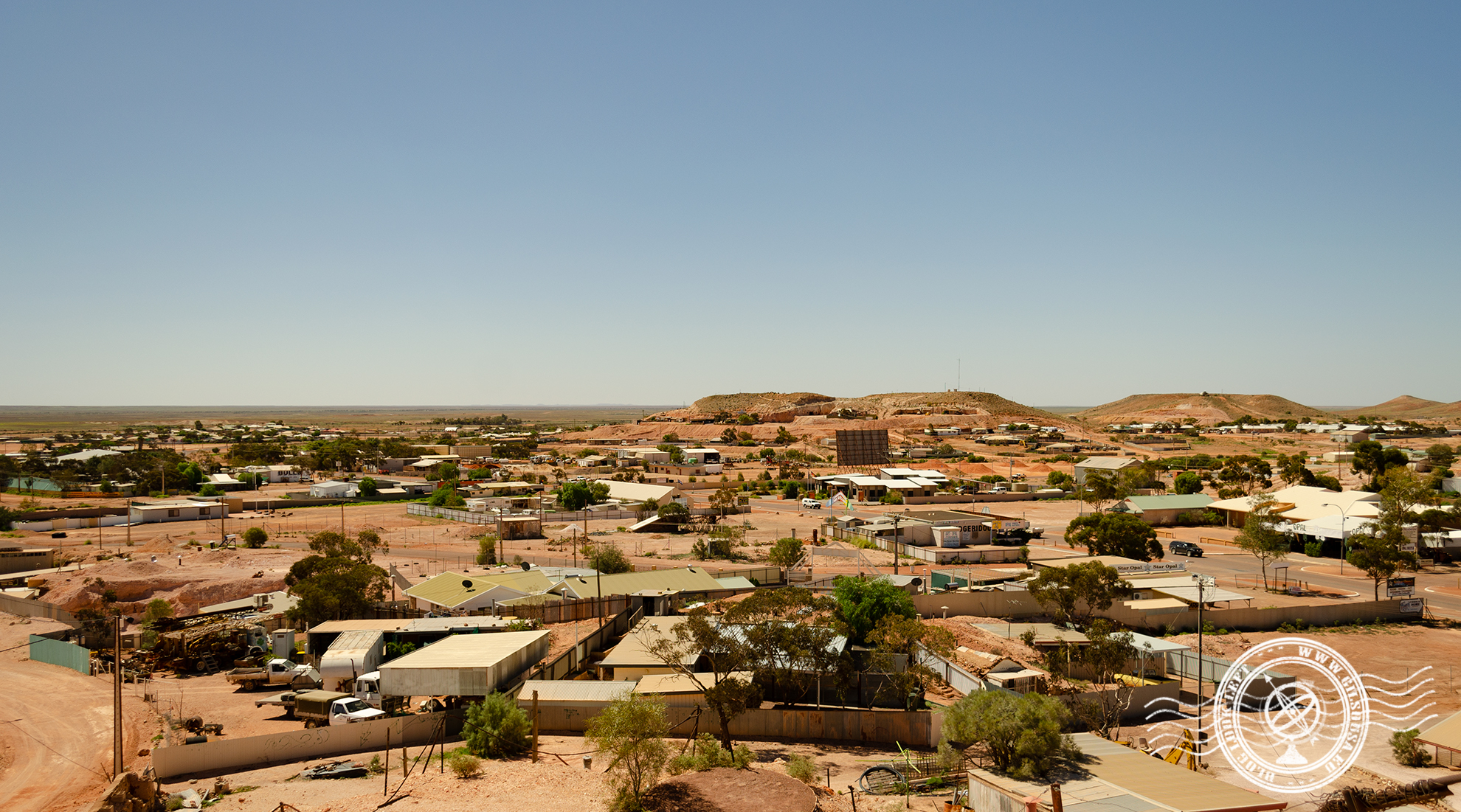
During Winter, the chances of rain are quite low. Odd, no? Yep, that’s how tropical weather works…
More to the south, around Perth and souther, the climate is more similar to ours. Mediterranean. Which means, you can visit this part at any time of the year, with better chances of good weather during summer.
Generalizing when it’s the best time to visit such a huge state is unrealistic. So my suggestion would be to start during winter up north, and driving south until you get the summer weather.



Leave a Reply